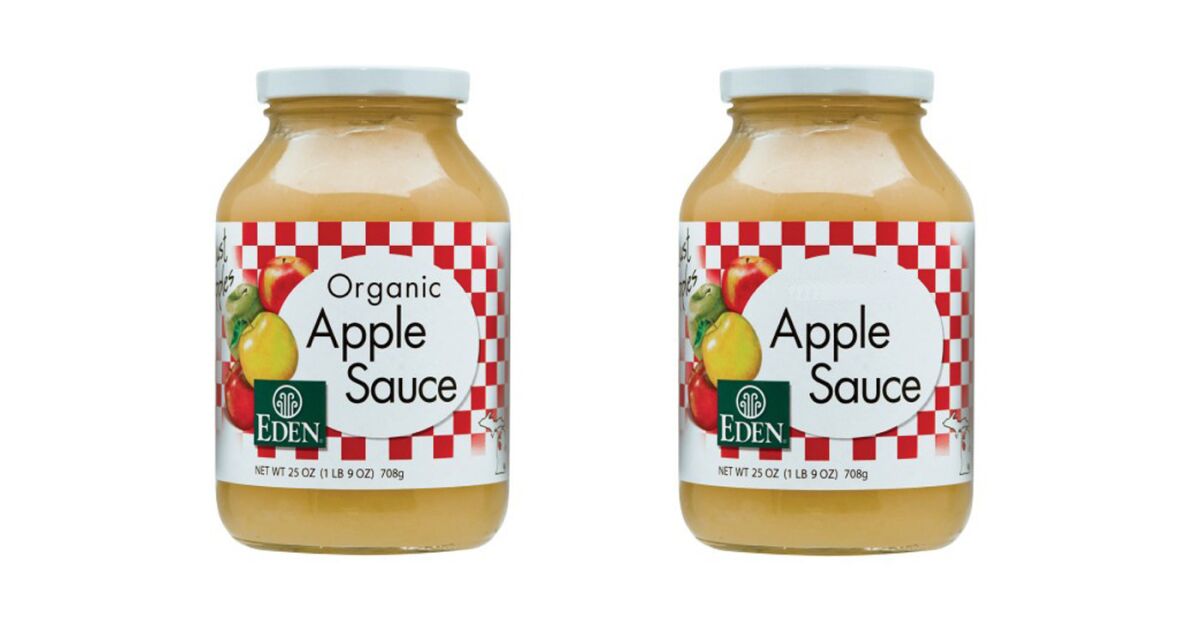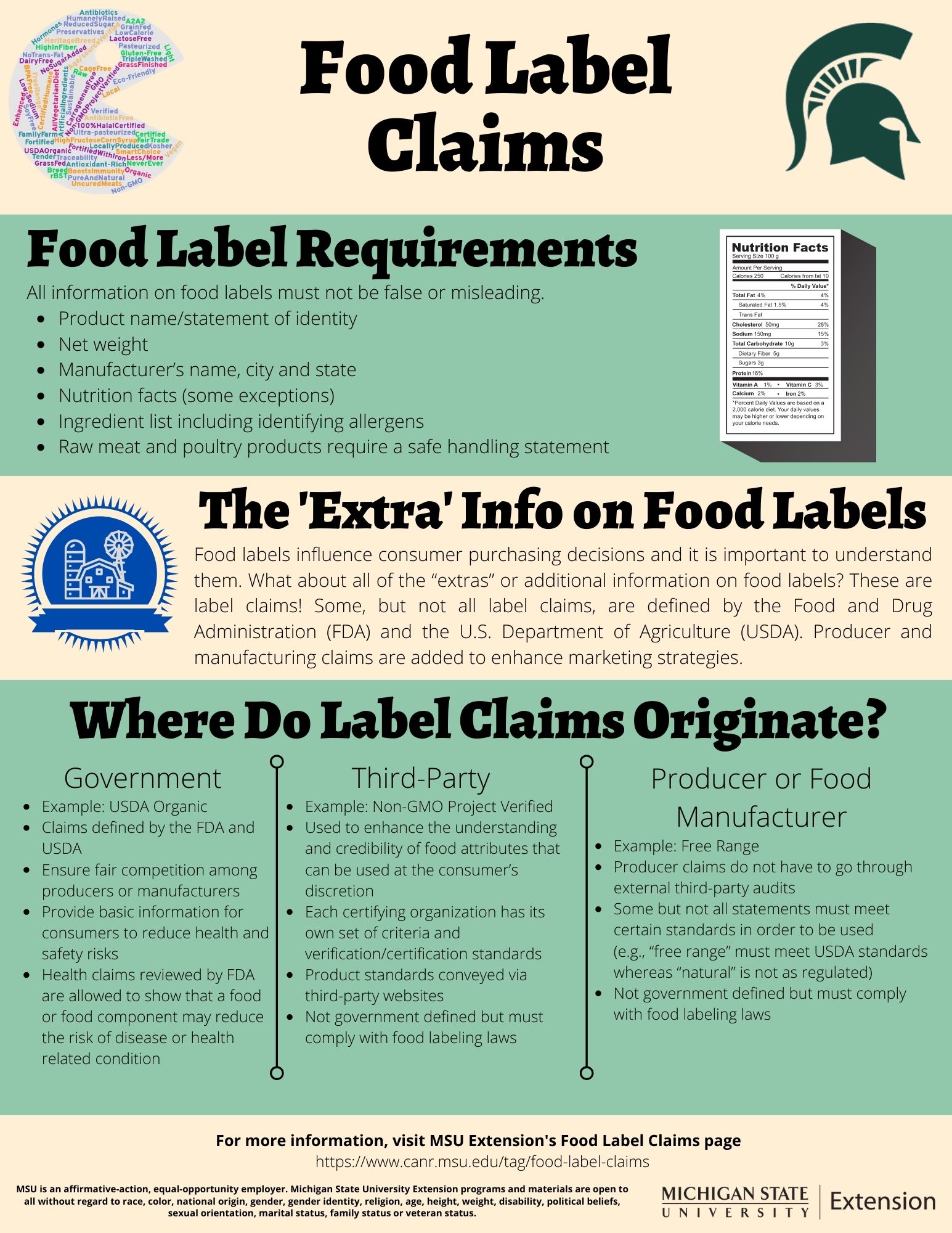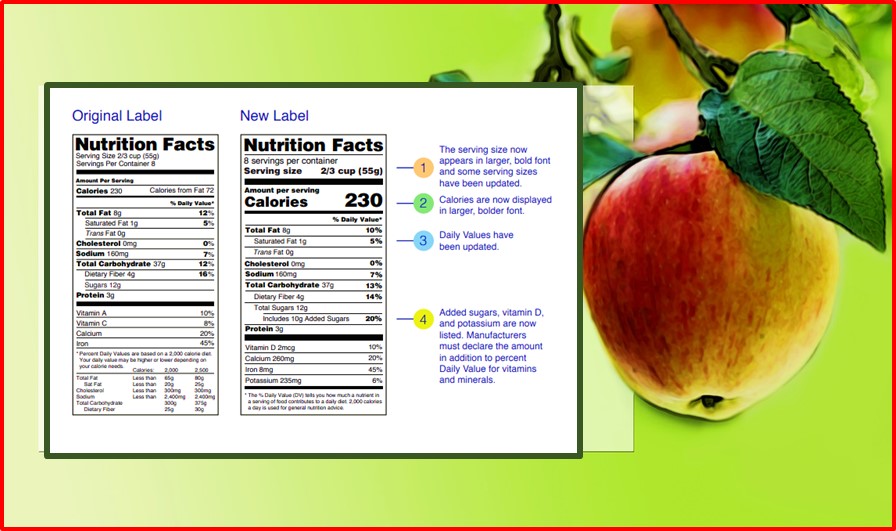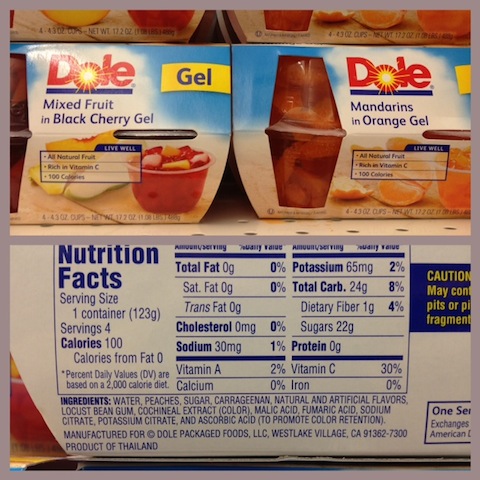42 how food labels are misleading
Food labels often mislead consumers | Oklahoma State University The 10 approved GMO foods for sale include alfalfa, apples, canola, corn, cotton, papaya, potatoes, soybeans, summer squash and sugar beets. Although there is an FDA front-of-package labeling initiative to combat misleading food-marketing practices, it will take years and possibly even decades to overcome all of the inappropriate claims. Why Lawsuits Over 'Misleading' Food Labels Are Surging - The New York Times The misleading labels, the plaintiffs say, seek to profit off consumers' growing interest in clean eating, animal welfare and environmentally friendly agriculture — but without making...
Food Labels Are LYING To You. Spot These Lies On The Package! - Food Babe Ocean Spray 100% Juice isn't 100% juice. It also contains natural flavors, pectin, and synthetic vitamin C. Best Foods Olive Oil Mayo is actually made with mostly soybean oil, rather than olive oil. RXBar proudly lists the ingredients on the front of their package, but they suspiciously leave off the natural flavors.

How food labels are misleading
13 Misleading Food Label Claims and How Not to Be Tricked - Sentient Media Why Food Labels Are Misleading Overstating the benefits of a food product on the label in a way that leads people to pick up the item means more sales. Just getting a consumer to touch a product can be enough to create a sense of ownership of the item and increase the likelihood that they end up buying it. Why Misleading Food Labels Are Everywhere - Chris Kresser Other times, food labels can be downright misleading. Certain marketing phrases added to packaging try to convince us that foods are healthier than they might actually be. Don't fall for them! "Gluten-Free" Products proudly display a "gluten-free" banner to convince consumers that it's a healthy choice. How to Read Food Labels Without Being Tricked - Healthline The Most Misleading Claims Health claims on packaged food are designed to catch your attention and convince you that the product is healthy. Here are some of the most common claims — and what...
How food labels are misleading. Food Labels: The Good, Bad & The Ugly - Foodnerd A food product may be labeled as healthy if the product meets certain criteria for the amount of total fat, saturated fat, cholesterol, and sodium that it contains. It also requires that the food product contain certain amounts of vitamin A, vitamin C, calcium, iron, protein, and fiber. These reference values are based on the 2015-2020 Dietary ... Labeling Requirements - Misbranding | FDA - U.S. Food and Drug ... Misbranding. Section 502 of the Federal Food, Drug and Cosmetic Act (FFDCA) contains provisions on misbranding including some that relate to false or misleading labeling. A device's labeling ... How to Read Food Labels - Next Avenue Eating packaged foods labeled as high in fiber can negatively impact our health, too. Researchers conducting a 2013 study examining the cardio-protective effects of fiber in the diet cautioned that... Surprising ways food labels are misleading, according to experts Another concern is questionable drinks or snacks with misleading references to fruits or vegetables in their names or on the front of packaging, such as vegetable chips or straws and fruit rolls or drinks. "They're especially concerning considering these are foods that parents might serve their kids," Greenthal said.
What misleading food labels such as 'less processed' and 'multigrain ... Next there's water, sugar, yeast, sunflower seeds and wheat berries. When we get to the "2% or less" portion of the label, we find wheat gluten, corn meal, pearled barley, rye, triticale and... 17 Misleading Food Labels Designed To Influence What You Buy - heydayDo Beware, the food marketing illusions… 1. Natural / All Natural Bottom line: The label 'Natural' has no official meaning, so food makers can slap it onto unhealthy food no problem. Surveys show that when consumers see the word natural on a food product, they assume it is from nature and that is free of artificial ingredients. Lawsuits Abound Over Misleading Food Labels An Alabama lawyer filed a class action lawsuit against Fresh Market because food in its bakeries doesn't have nutrition labels, reported Legal Newsline (Sept. 22). The lawsuit states the grocery store chain is in violation of FDA regulations that require labels with nutrition facts. The case includes photos of examples like muffins and cookies. Misleading Labels? Learn which labels you can trust with AGW. Misleading Labels Most food labels are poorly defined and not verified—learn which labels you can trust "Natural"… "Humanely Raised"… "No Hormones or Steroids" When it comes to our daily food choices, one of the biggest challenges is knowing whether you can trust what you buy.
The 13 Most Misleading Food Label Claims - Naked Food Magazine Any foods, including foods made with artificial colors, chemical sweeteners, chemical preservatives, and GMOs, can be labeled "all natural." This term is used by large food corporations to mislead consumers into thinking junk food products are somehow healthier. 9. "Low-Carb" doesn't mean healthy. Misleading Nutrition and Food Labels - Health This is a notoriously misleading label. When the dangers of saturated and trans fat became clear, the market was flooded with products that touted their fat-free status. The problem? They... 8 misleading food marketing labels | AGDAILY This label is misleading because many consumers assume it means the food is healthier, safer and/or better for the environment when that's not necessarily the case. 4. Non-GMO Many consumers assume that if a product has a non-GMO label, it must be superior to a similar product next to it without that label, but that's not true at all. Misleading Food Labels Misleading food labels could put you at risk. Food producers often use labels as a marketing tool & you might not be getting what you think
Explaining the Labels: Misleading Labels - Center for Food Safety There are few standards for "lightly sweetened." Although the FDA has definitions for terms like reduced sugar, no added sugar, and sugar free, this label can be misleading. "Lightly sweetened" is used to describe many products, including canned fruits, cereals and juices, that are loaded with sugar, corn syrup or other artificial sweeteners. [5]
Healthy or hype? 16 most misleading food labels - CBS News Eggs may contain omega-3 if chickens are fed flax seed or fish oil, but are not considered to have a heart health benefit because of their cholesterol and saturated fat content. "If you are ...
Half of America finds food labels misleading - New York Post American consumers are finding that food labels are becoming increasingly vague, with results showing that as the top reason people think food labels are so misleading. SWNS The lack of...
Misleading food labels: Don't believe everything you read Common misleading food labels include… 'made with whole grains'. This implies 100 percent of grains used are whole. It really means the recipe includes a pinch of whole grains. Choose only...
5 Misleading Food Label Claims - Consumer Reports This guide will help you navigate five common health-claim minefields in the grocery aisle. 1. Multigrain. These foods have more than one type of grain, but those grains could be refined, meaning ...
In Pictures: 29 Foods With "Health Claims" That Are Deceiving You And ... A. It's a little scary that food companies can put deceptive labels on foods we already know are unhealthy. I've first-hand see people say "oh, look, it's all natural!" and then never question the food from then on out. B. The whole "all natural thing." People think if a label says it's natural, it's fine to eat.
Know Your Food Labels (Some Are Misleading) - Natural Mentor We have divided labels into the good, the bad, and the ugly—that is, genuinely good labels, labels that are misleading or relatively unimportant, and labels that you should avoid like the plague. Products with these labels are (generally) good ones. As a general rule, you should strive to purchase products that are labeled in the following ...
Whole grains or no grains? Food labels can be misleading Food labels contain useful information about the nutritional value of the product, but a recent study found that consumers are more likely to be swayed by potentially misleading language on the front of a package than they are to pay attention to the information contained in the Nutrition Facts panel. ...
Weekly Topic: Editorial - Misleading food labeling Misleading health claims allowed by the FDA are even more concerning. Products are often labeled with what they do not have to imply healthfulness and superiority to competitors. Consumers purchasing a no sugar added juice may be inclined to believe that there is little sugar or calories in the product, when in fact the opposite is true.
How to Read Food Labels Without Being Tricked - Healthline The Most Misleading Claims Health claims on packaged food are designed to catch your attention and convince you that the product is healthy. Here are some of the most common claims — and what...
Why Misleading Food Labels Are Everywhere - Chris Kresser Other times, food labels can be downright misleading. Certain marketing phrases added to packaging try to convince us that foods are healthier than they might actually be. Don't fall for them! "Gluten-Free" Products proudly display a "gluten-free" banner to convince consumers that it's a healthy choice.
13 Misleading Food Label Claims and How Not to Be Tricked - Sentient Media Why Food Labels Are Misleading Overstating the benefits of a food product on the label in a way that leads people to pick up the item means more sales. Just getting a consumer to touch a product can be enough to create a sense of ownership of the item and increase the likelihood that they end up buying it.


































/chicken-grocery-400x400-7c3972720b544148a63a86ebc158ac0e.jpg)




Post a Comment for "42 how food labels are misleading"